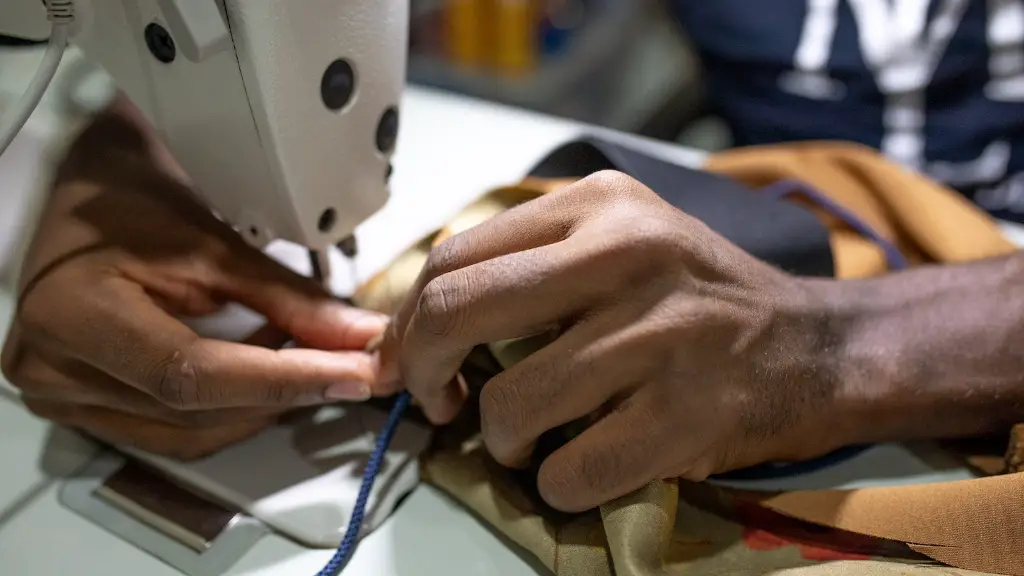Basics of Oiling a Husqvarna Sewing Machine
When it comes to proper maintenance, it’s essential to oil a Husqvarna sewing machine to ensure its long-term performance. As the key component of any sewing set up, regular maintenance of your sewing machine will help keep it running smoothly and efficiently. Oiling a Husqvarna sewing machine is usually a relatively straightforward process that requires little technical know-how and few materials.
Preparing Your Sewing machine for Oil
Before oiling a Husqvarna sewing machine, it needs to be prepped properly. This includes unplugging the machine from any source of power, so that it is completely turned off and ready for the oiling procedure. The next step is to locate the bobbin case. This is an essential component on any sewing machine, as the bobbin case is responsible for keeping the thread tension balanced. You will then remove the bobbin case entirely, taking care to make sure that all components are taken off and placed neatly in an orderly fashion.
Applying the Sewing Machine Oil
Now it is time to begin oiling the Husqvarna sewing machine. Start by taking a few drops of oil and apply it to the bobbin case and other metal moving parts. Be sure not to apply too much oil, as it can lead to over lubrication, negatively affecting the performance of the machine. Continue to apply a few drops of oil to the other moving metal components that could be found inside the machine.
Finishing the Oiling Process
Once the oiling has been completed, you can begin to reassemble the sewing machine. Start by putting back the bobbin case, as this is the most important element, as it’s responsible for keeping the thread tension balanced. After that, you can reassemble all of the other components that were removed earlier, being careful to ensure every part is put back in its original location.
Regular Oiling Maintenance
Regularly oiling your Husqvarna sewing machine is essential to its proper functioning and maintenance. It’s recommended to oil your machine every six months, or after long weekends of sewing, to ensure that all of its moving parts remain lubricated and functioning properly. Oiling your machine regularly is also necessary to keep it from accumulating dust and dirt, thus preventing it from seizing and ruining the fabric being sewn.
Proper Cleaning and Storage
When not in use, it’s important to keep your sewing machine stored in a cool and dry area. This prevents any moisture from entering, which can both corrode the internal components of the machine, as well as attract potential pests, such as moths and other insects. Keeping the sewing machine properly stored also preserves the life of its parts and keeps it functioning properly for years to come. Additionally, it’s recommended to clean up any excess oil after every use, before storing the machine.
Alternate Uses for Sewing Machine Oil
Though mainly used to maintain sewing machines, sewing machine oil is also versatile enough to be employed in a variety of other tasks, such as lubricating locks and hinges, as well as preventing squeaks and rust on bicycles and other outdoor equipment. Sewing machine oil has also proven to be an effective degreasing agent at car repair shops, and is capable of removing even old, stubborn grease from engine parts, thus allowing them to function properly.
Conclusion
In conclusion, oiling a Husqvarna sewing machine is an essential part of the sewing process, both for an amateur seamstress and an experienced professional. Oiling your sewing machine regularly ensures that its components are lubricated and functioning properly, thus preventing them from prematurely breaking down and needing to be replaced. Additionally, sewing machine oil can be used for a variety of other tasks, such as cleaning outdoor equipment and lubricating locks and hinges.


